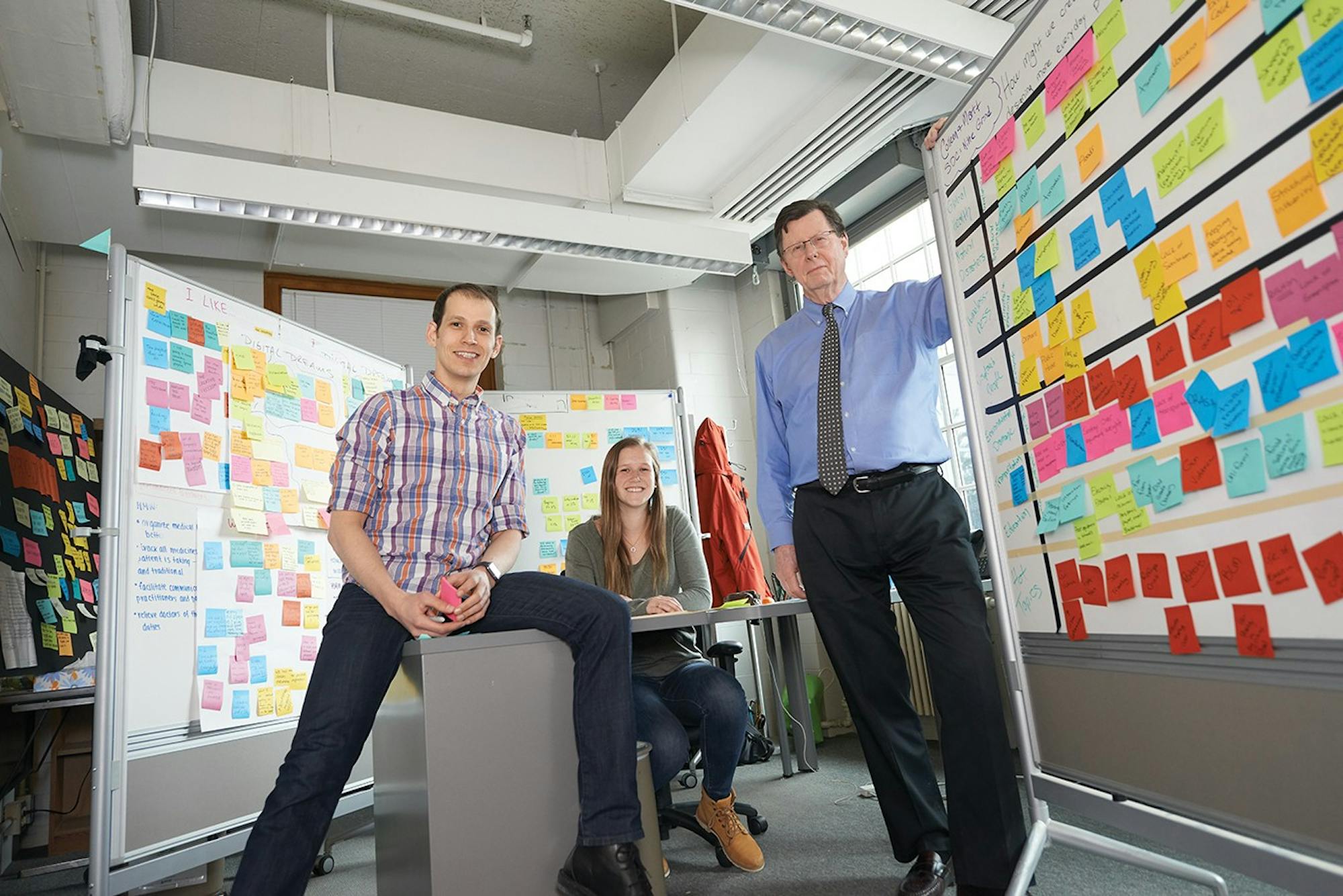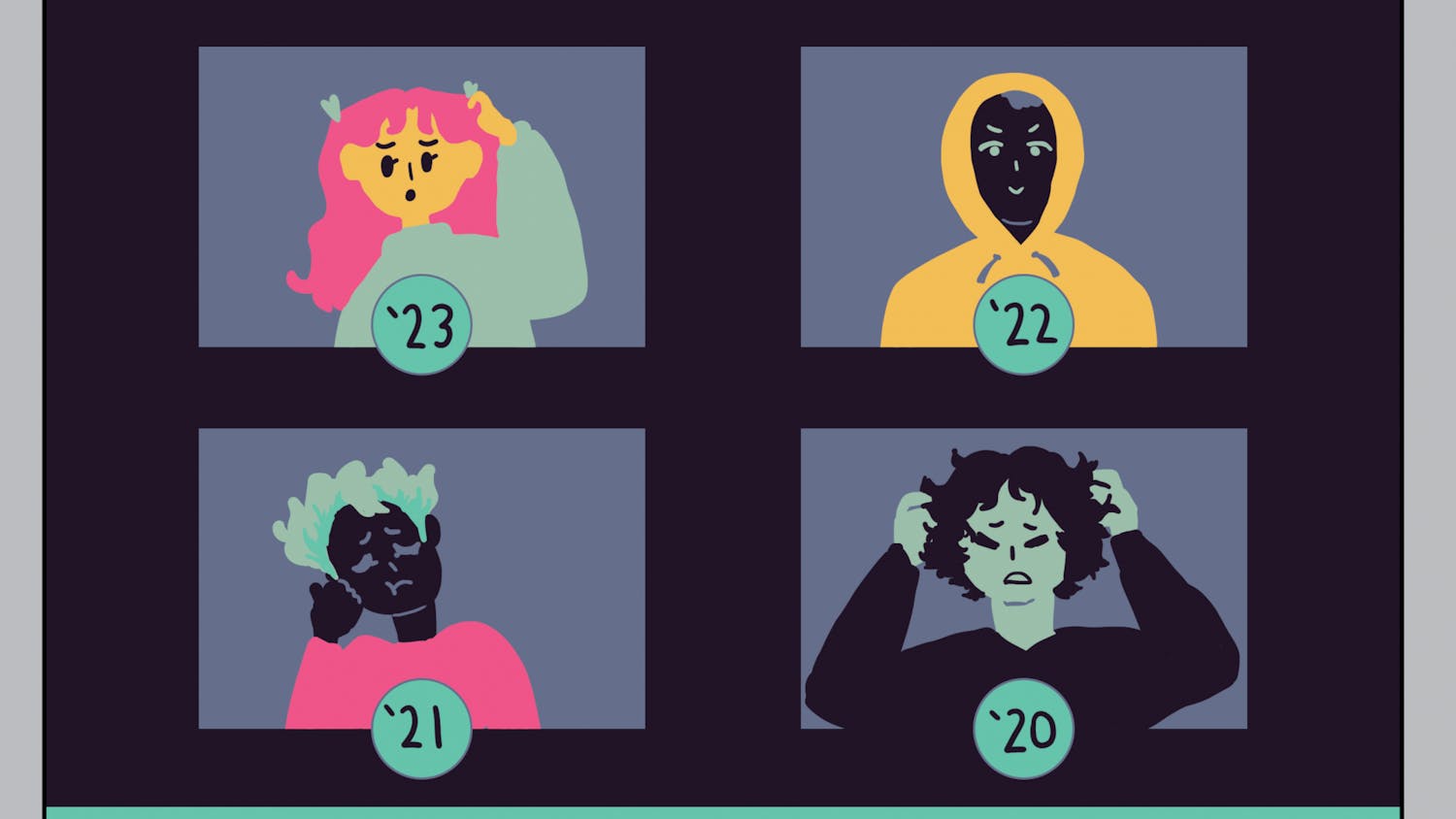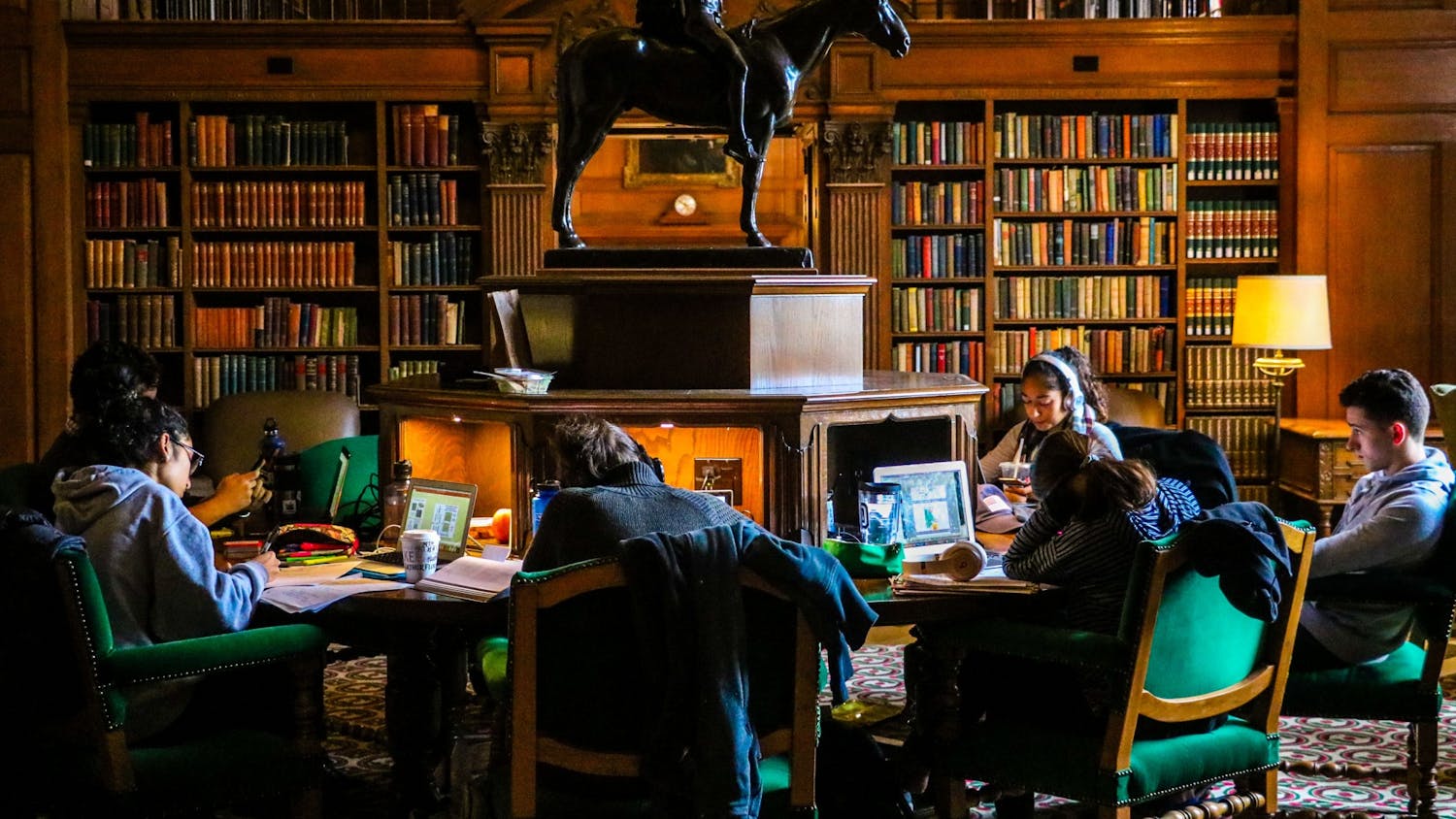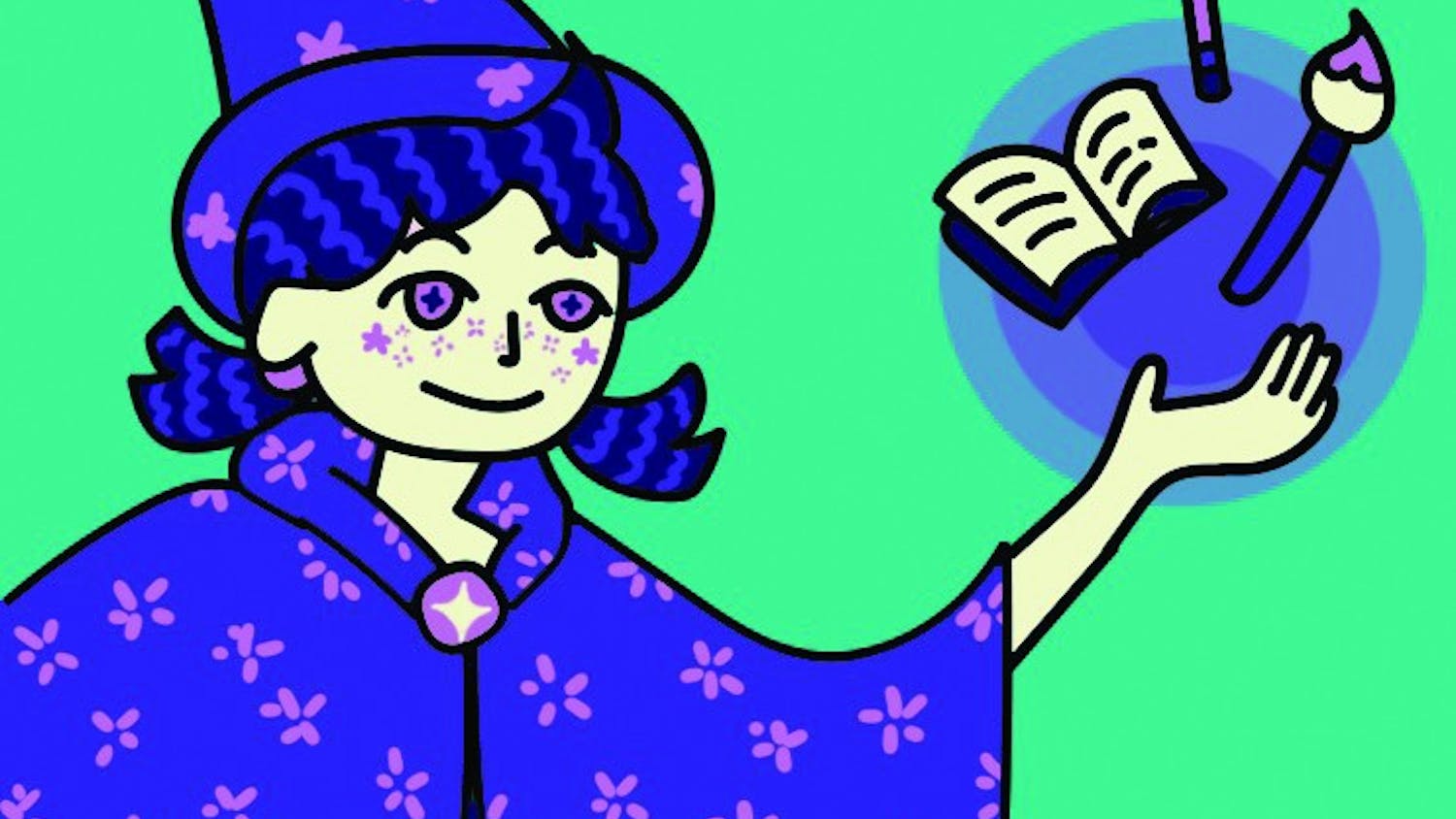It’s a tumultuous time for the world as the COVID-19 pandemic upends the “normal” that we once knew. The shift to remote learning is challenging for both educators and students as both parties navigate new technologies and teaching and learning methods. I had the chance to speak with Thayer School of Engineering professor Eugene Korsunskiy about the unique transition that he and other professors must make for classes that rely heavily on in-person, hands-on collaboration. Korsunskiy teaches ENGS 12, “Design Thinking” and ENGS 15, “Senior Design Challenge,” both of which have never before been taught remotely.
What are some of the biggest changes that you will be making in this transition?
EK: The biggest challenge for us and for a lot of my colleagues that are teaching hands-on, project-based classes is that these classes often entail in-person physical collaboration. We’ve had to figure out, “How can we move these kinds of collaborative experiences online?” Fortunately, there are many digital platforms that facilitate remote creative collaboration, and we’ve been spending spring break exploring different platforms and figuring out which ones are most well-suited for the projects in this class. We are going to be implementing Slack so that students can more easily communicate with each other and create a sense of community amongst themselves. We are also going to be implementing Mural, which is an online white-board style collaboration tool where you can move around images, post-its, annotations and frameworks — the kinds of things you move around in ENGS 12 on a physical white board.
How are you going to ensure that your students leave this term with the same skills that they would normally gain through in-person interaction and collaboration?
EK: What we’ve done is stepped back and looked at the core skills and learning outcomes that each of our projects seeks to instill in students. Then, we worked to think about how to recreate those same outcomes without the ability to work in-person all the time.
One of the core skills of design thinking is brainstorming and idea generation. In person, that can happen with physical post-its and a white board. We still want students to get better at these skills, but without physical post-its, we just have to resort to things like Google Docs and Mural. We want people to get better at the act of creating physical and digital prototypes. Some tools that we use in ENGS 12 are already perfectly conducive to that. But for a project where physical prototyping is really important, like the famous roller coaster project in ENGS 12, we are going to replace it with several different projects which also have students building stuff, but we are going to make sure that all of the physical creation can happen with simple household materials. That way, we are not burdening students with these extra tasks and expenses of having to go out, find and buy these specific materials.
How will you handle the great variability that would normally be equalized on Dartmouth's campus regarding technology access, time zone differences and material access?
EK: One concrete example is materials access. We are setting aside some funding to help students if they do need to buy any course-specific supplies or materials. In terms of things like time zone differences and technology access, we sent out a survey to all of our students in order to assess their access to high speed internet, laptops, cameras and microphones to make sure they can join video conferences, and we also asked them what time zone they live in. We are going to do our best to make sure that we adapt as much as we possibly can to accommodate different modes and levels of participation, keeping in mind that it’s crucially important to have live collaboration in order to do this kind of team-based, creative problem solving.
We also know that we are going to have to be flexible, and whatever plan we put in place now might have to change based on the students’ evolving needs. One scenario that we don’t want to see — but we have to prepare ourselves for — is that some of our students may become sick at some point in the course of the term. We’re thinking hard about how to put in place the kinds of policies and affordances that will allow us to adjust when necessary. Hopefully, the result is a course that is more accessible and more adaptable to student needs.
How do you feel about the transition to credit/no credit grading?
EK: We are going to follow the administration’s instructions and keep the grading scheme exactly the same as it has been. We are going to evaluate the projects the same way by assigning scores, grades and points. We are going to calculate a letter grade for each student at the end of the term. That letter grade is not going to be recorded on students’ transcripts. On their transcripts, all students will see is credit/no credit, but we have been asked by the administration to keep the regular grading scheme as it would have been in order to ensure that students are still receiving useful, granular feedback and they know how they are doing vis-à-vis the learning outcomes of the class.
On a more personal note, how are you managing the extra workload on top of the added stress of this pandemic?
EK: It’s been challenging, but I have felt very grateful and lucky to have the support network of all of my colleagues and the support network of my students. I’ve been grateful to have the support of a broader network of design educators across the country. We have weekly Zoom calls to help each other adapt our curricula to teaching online.
Even though this has been a challenging transition, it’s one that I have so far managed to not only stay sane during, but in my best moments, embrace. While it’s true that there are some things you can do better in person, it’s also true that there are some things that you can do better online. I’m looking forward to really taking advantage of all of the things that this new format affords us. For example, teaching online might make it easier for students who are a little more shy or introverted to participate in class discussions.
What’s your general outlook moving forward?
EK: I think I’ve gone through all the stages at this point. When we were facing just the mere possibility that this might happen, I was like, “No no no, it’s definitely not going to happen,” so I was very much in denial. When the decision was made that we were going online, at first, I was a little confused, then uncertain and sad and then all the way through to acceptance. Now, I’m beyond acceptance and embracing and celebrating this new mode.
Everybody says the best thing about Dartmouth is the people. All the people are still going to be the same. We still get to collaborate with the same wonderful humans. None of that changes with going online. Nobody says the best things about Dartmouth are the sidewalks, the trees or Occom Pond. Yes, we love all those things dearly — campus is an important catalyst of community and nobody denies that. I love being on campus. However, if it’s true that the best thing about Dartmouth is the people, all the people are still here. We’re just on video.
This interview has been edited and condensed for clarity and length.




